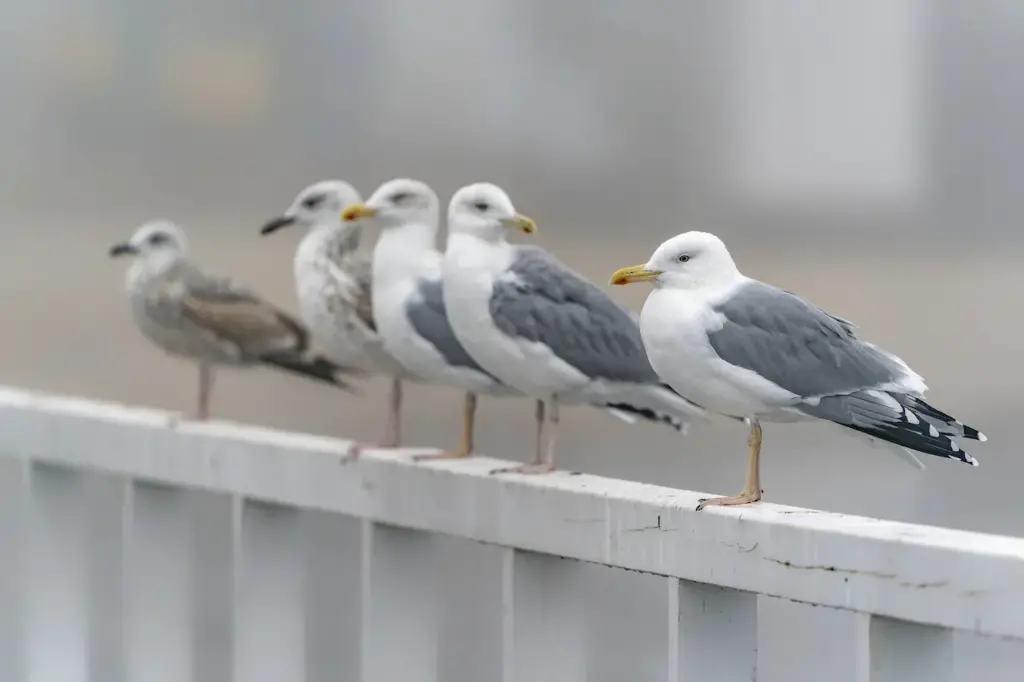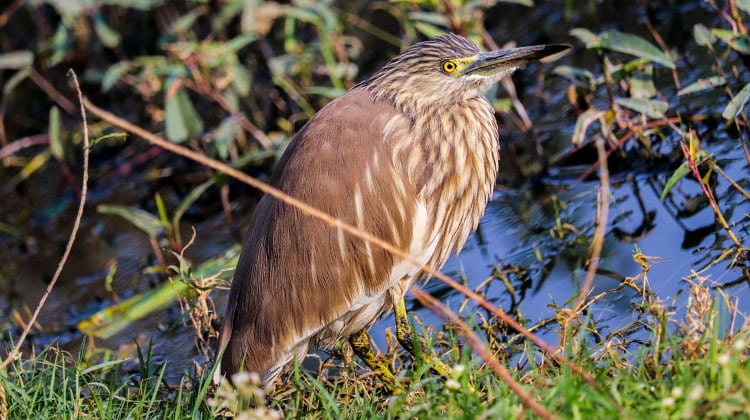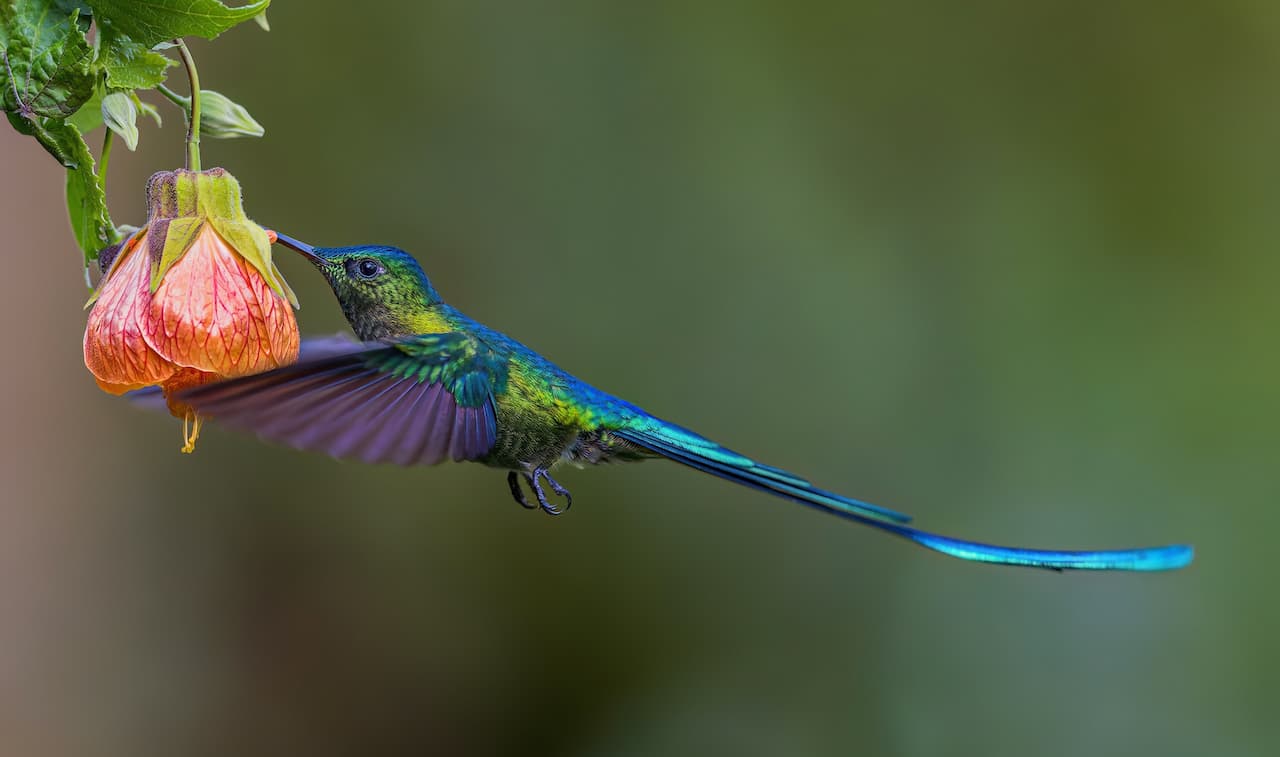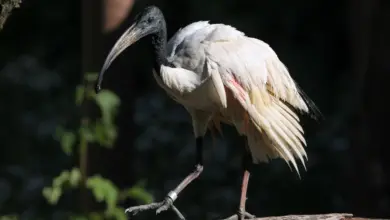Caspian Gulls is a name applied to the gull taxon Larus (argentatus) cachinnans, a member of the Herring Gull/Lesser Black-backed Gull complex.

Caspian Gulls Description
It is a large gull (59–67 cm, 680–1330 g) with a long, slender bill, accentuated by the sloping forehead.
The legs, wings and neck are longer than those of the Herring Gull and Yellow-legged Gull. The eye is small and often dark, and the legs vary from pale pink to a pale yellowish colour. The back and wings are a slightly darker shade of grey than the Herring Gull but slightly paler than the Yellow-legged Gull. The outermost primary feather has a large white tip and a white tongue running up the inner web.
First-winter birds have pale head with dark streaking on the back of the neck. The underparts are pale and the back is greyish. The greater and median wing coverts have whitish tips forming two pale lines across the wing
Caspian Gulls Distribution
The Caspian Gulls breed around the Black and Caspian Seas, extending eastwards across Central Asia to north-west China.
In Europe, it has been spreading north and west and now breeds in Poland and eastern Germany. Some birds migrate south as far as the Red Sea and Persian Gulf while others disperse into Western Europe, in countries such as Sweden, Norway and Denmark.
Small numbers are now seen regularly in Britain, especially in South-east England, East Anglia and the Midlands.
Breeding
It typically nests on flat, low-lying ground by water, unlike the Yellow-legged Gull which mainly nests on cliffs in areas where the two overlap. The breeding season starts in early April. Two or three eggs are laid and incubated for 27 to 31 days.
Feeding
They are scavengers and predators with a very varied diet. During the breeding season, they often eat rodents such as ground squirrels, flying some distance into the steppes to find them.

Classification and subspecies
This form has a troubled taxonomic history, summarised in the Herring Gull article. Currently, it is treated as a full species by some authorities and as a subspecies of the Herring Gull by others (e.g. the British Ornithologists’ Union Records Committee). Some authorities include the Yellow-legged Gull (L. michahellis) within L. cachinnans but it is now commonly considered to be a separate species.
The Steppe Gull or Baraba Gull (L. (cachinnans) parabens) may be regarded as a subspecies of the Caspian Gulls or as a separate species. It is also very similar genetically to its northern neighbour, the taimyrensis race of Heuglin’s Gull. The Steppe Gull breeds in Central Asia, particularly in northern Kazakhstan. Its non-breeding range is still little-known but most are thought to winter in south-west Asia from the Persian Gulf to north-west India. There are possible records of this form from Hong Kong and South Korea.
The Mongolian Gull (L. (vegae/cachinnans) mongolicus) may be classed as a subspecies of the Caspian Gulls, a subspecies of the East Siberian Gull or as a species in its own right. It breeds in Mongolia and surrounding areas and migrates south-east in winter.
References
- Paul Doherty and Bill Oddie (2001) Gulls: A Video Guide to the Gulls of Europe, Asia and North America. Videocassette. Bird Images.
- Dick Newell (2003) What is a Caspian Gull?. Birdguides (), accessed 18/9/06, subscription only.
- D.W. Snow and C.M. Perrins (1998) The Birds of the Western Palearctic, Concise Edition (Vol. 1), Oxford University Press, Oxford.





